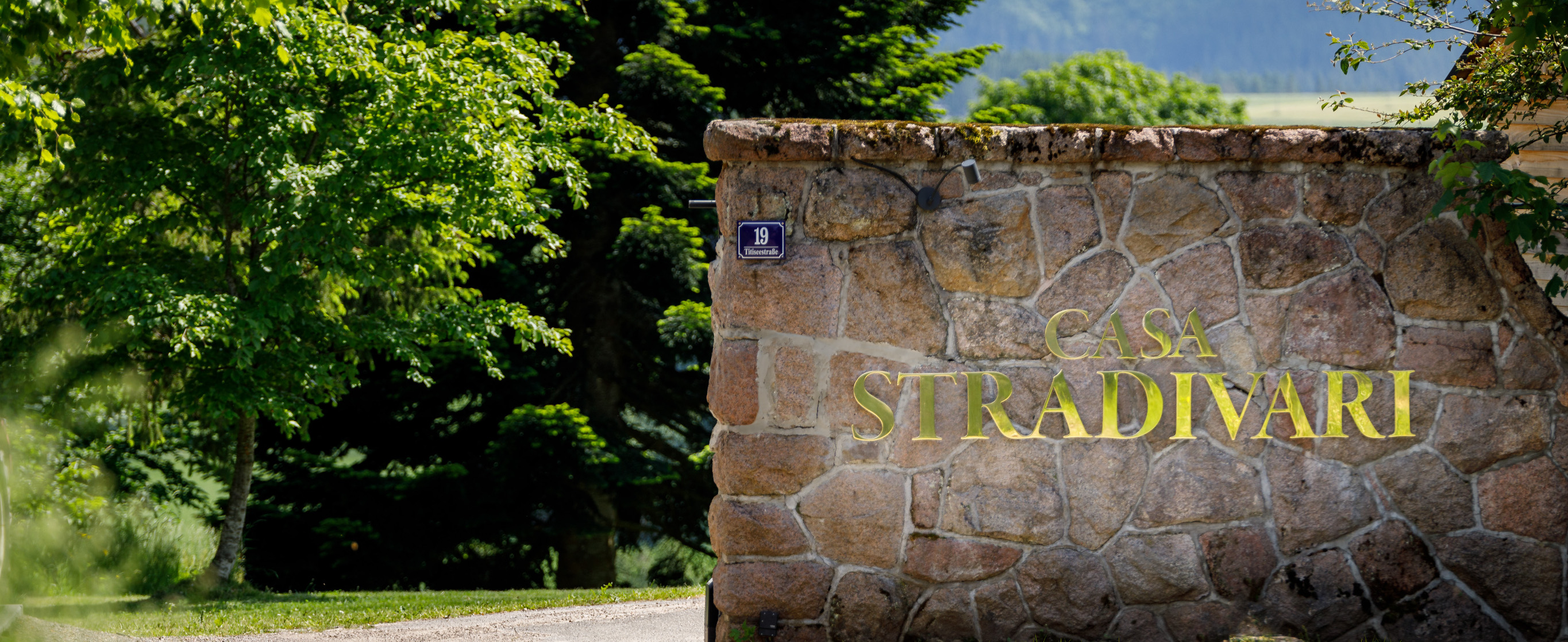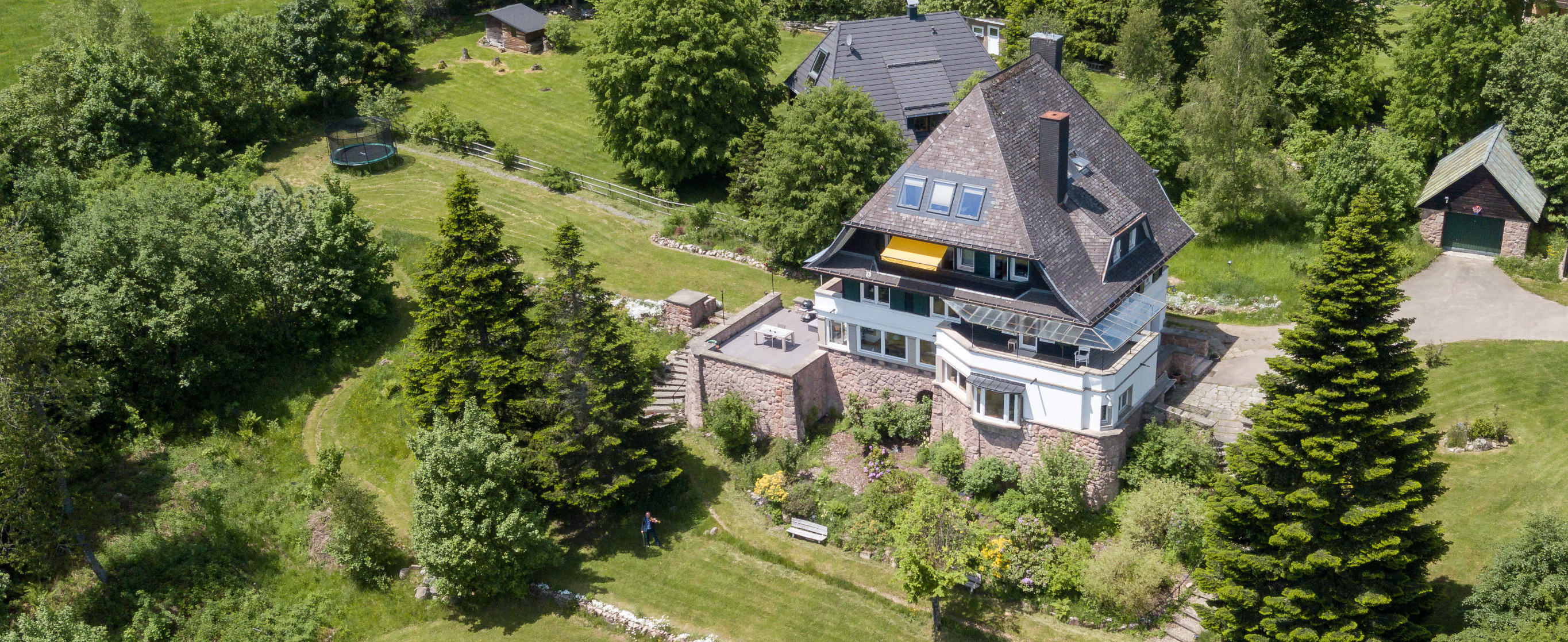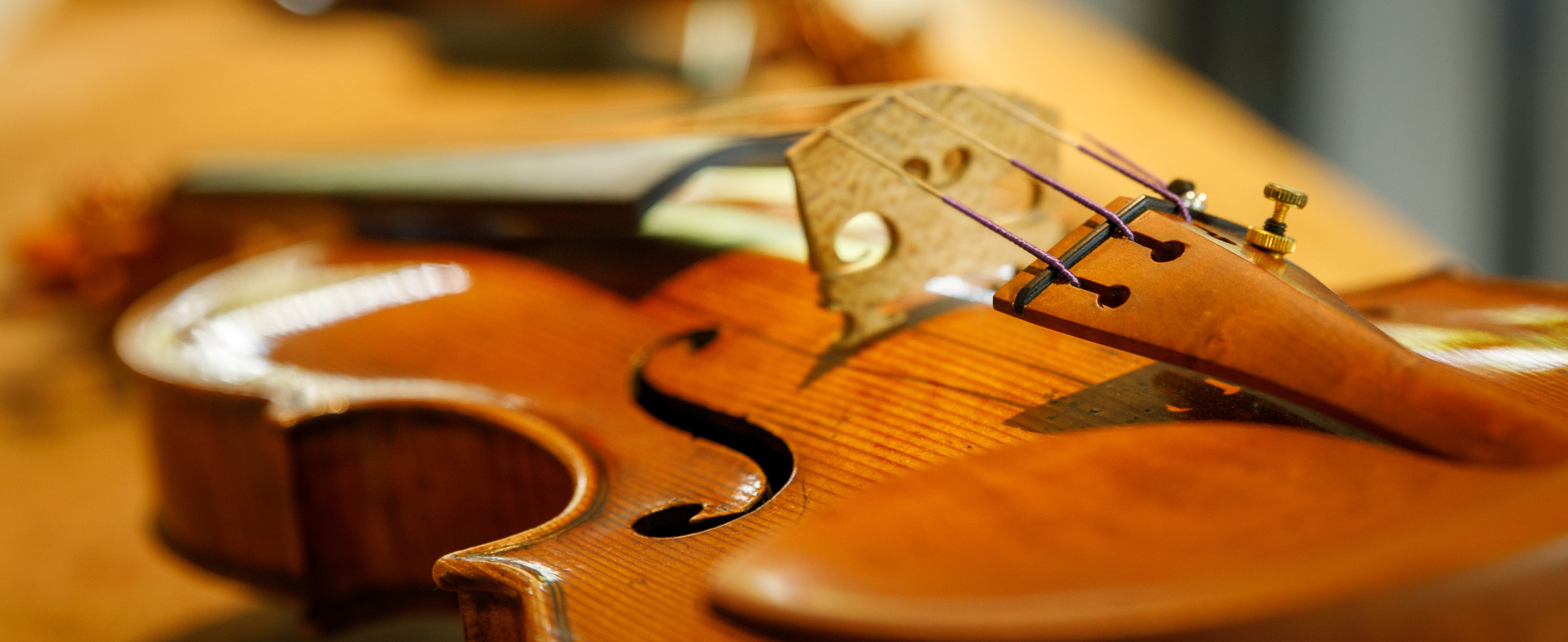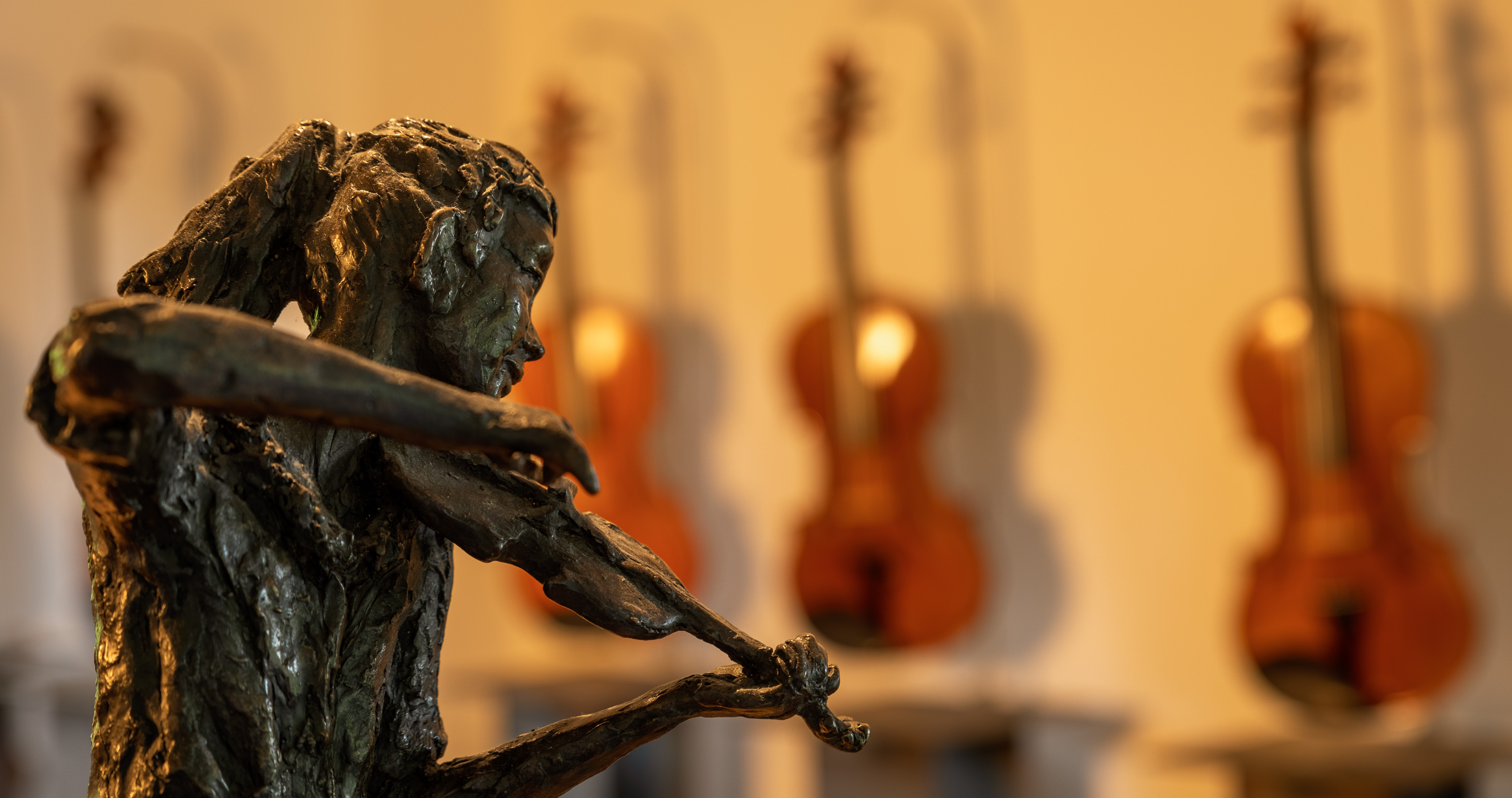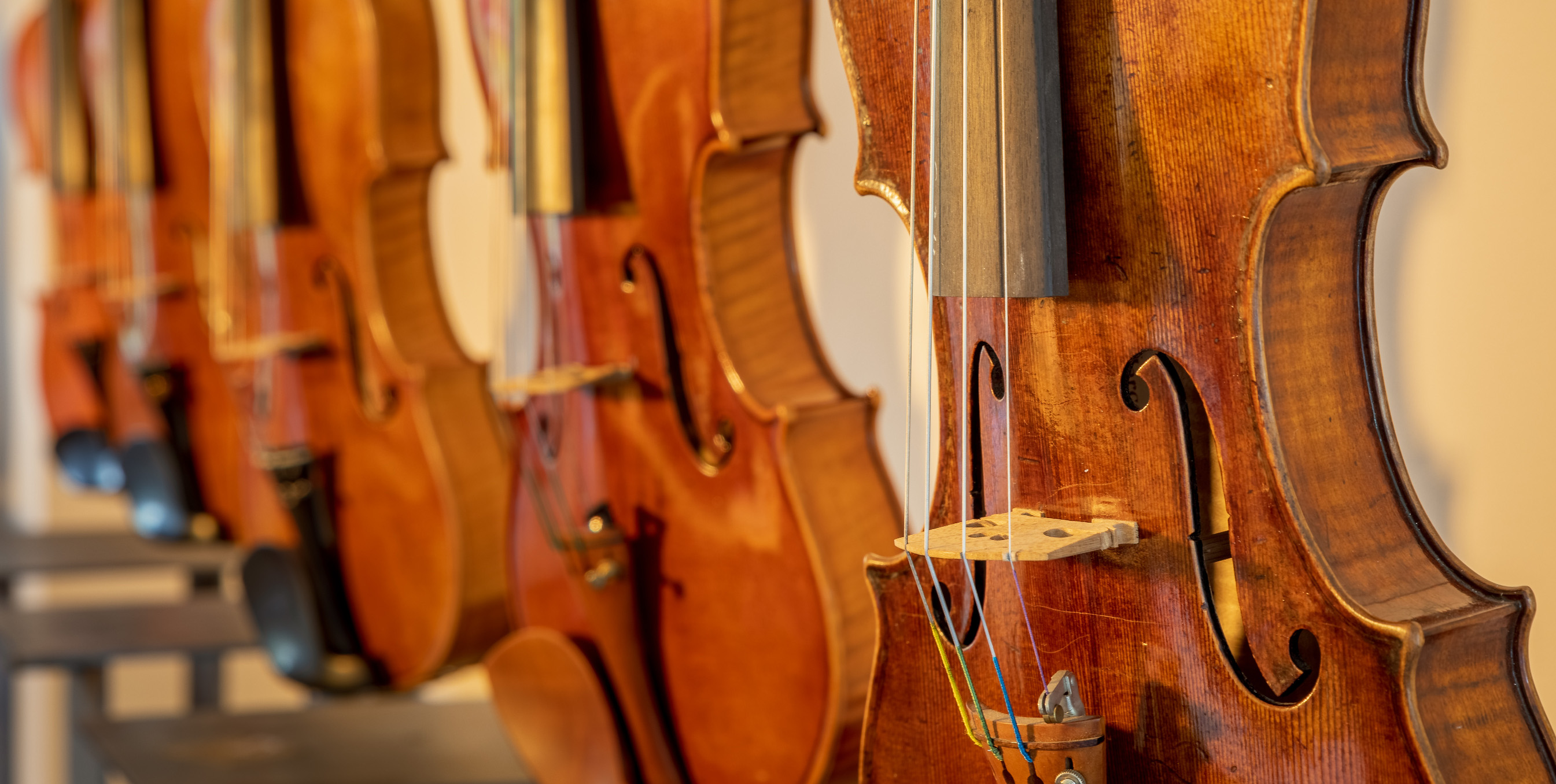Antonio Stradivari 1679 VL Hellier
Ten of Stradivari’s inlaid instruments have survived down through the centuries. The ‘Hellier’ is the second in order of production, and comes right after the ‘Sunrise’, which is dated 1677. Although technically it belongs to the first period of Stradivari’s career—the socalled ‘Amatisé’—the ‘Hellier’ presents details that set it apart from the other instruments produced between 1666–1690. The size of the violin and its body length of 35.8cm anticipates future models, as indicated by the Hill Brothers: ‘As regards the dimensions, it differs from any other violin seen by us dated before 1684–85; these proportions were, in fact, never at any later period exceeded. Thus we see that Stradivari was already contemplating that change of proportions to which he was more generally to give effect after 1685’. The ‘Hellier’ shows more clearly than other instruments the path that Stradivari followed to emerge from the shadow of Nicolò Amati’s style and ultimately find one of his own. In this regard, the instrument is a magnificent ‘transitional’ specimen. Franz Farga briefly reported the differences between the ‘Hellier’ and other ‘Amatisé’ instruments: ‘Vor allem ist die Schnecke tiefer ausgestochen und von einer phantastisch schwungvollen Ku¨hnheit. Man kann das an der beru¨hmten Helliergeige aus dem Jahre 1679 feststellen, die wie alle Instrumente dieser Periode zu den ‘‘amatisierten” Stradivarigeigen gezählt wird, aber tonlich vortrefflich ist und einen viel männlicheren und ku¨hneren Zuschnitt aufweist als die gar zu zierlichen Amati.’
Further Details
Antonio Stradivari Set 1, Volume 1, Page 104

